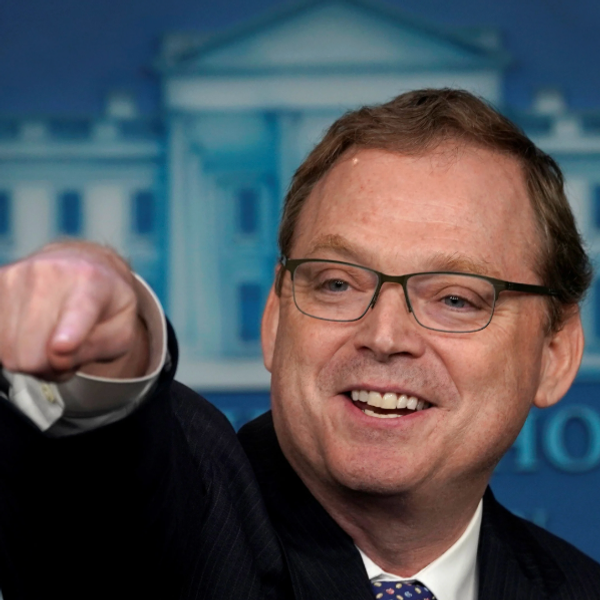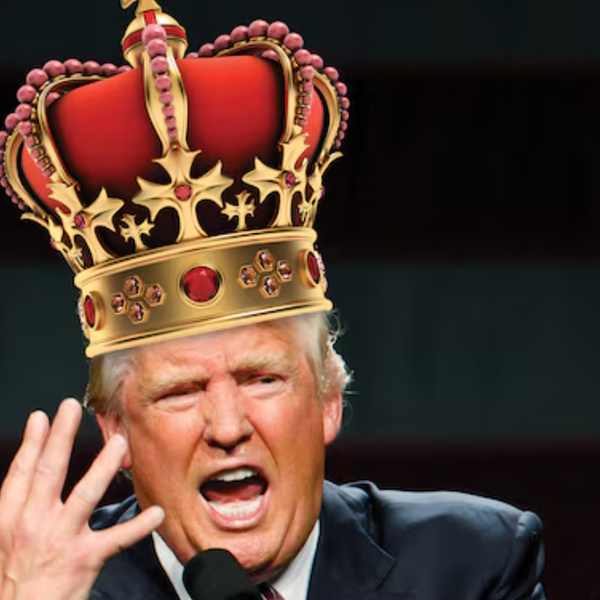Republicans Beware! Medicaid Is Not A Soft Target
Does anyone remember the 1995 government shutdown and why it happened? Basically Newt Gingrich, fresh off a big Republican victory in the midterm election, was trying to force Bill Clinton to make big cuts in Medicare. He failed, in large part because Medicare was and is an immensely popular program.
A decade later, George W. Bush tried to privatize Social Security. But he, too, failed, because Social Security is also immensely popular.
But the Republican quest to rip up as much of the social safety net as possible never ends. And for the past 15 years or so that has meant steering clear, for now, of Medicare and Social Security, which are middle-class programs, and going after Medicaid instead. If the One Big Beautiful Bill Act — which is, incredibly, the legislation’s actual name — goes into effect, Medicaid will be cut by around a trillion dollars over the next decade. (As of this morning, the fate of that bill remains uncertain.)
What is Medicaid? Like Medicare, it’s government-provided health insurance. But unlike Medicare, it’s “means-tested”: your income has to fall below a certain level before you’re eligible. This makes Medicaid a program for the poor or near-poor — and that, for many on the right, suggests a political opportunity.
Ostensibly, the right attacks Medicaid because it costs too much. I mean, it’s a government program, which means that it must be riddled with waste, fraud, and abuse, right? And surely there must be millions of lazy people getting health care through Medicaid who should be getting up off their couches and going to work.
The reality is that none of this is true.
No doubt there’s waste and fraud in Medicaid, as there is in any system created and run by human beings. But overall Medicaid provides essential health care relatively cheaply. Once you adjust for the generally poor health of the average Medicaid recipient — chronic illness can make you poor! — Medicaid appears to have significantly lower costs than private insurance:
Actually, in some ways Medicaid resembles the health care systems of other advanced countries, which are much cheaper than U.S. health care (while achieving equally good results) largely because they’re more cost-conscious, willing to bargain hard with drug companies, say no to expensive procedures of dubious medical benefit, and so on.
Meanwhile, the vast majority of Medicaid recipients either are working or can’t work — they’re disabled or need to stay home to care for others:
Oh, and one thing we know from repeated experience is that adding work requirements to Medicaid does not, in fact, lead to more people working.
I don’t know how many of the right-wingers clamoring for drastic Medicaid cuts believe the stories they tell about waste and lazy Americans who won’t get a job. My guess, though, is that they don’t care whether these stories are true. They’re going after Medicaid because they see it as a soft target — a program that helps lower-income Americans, and who cares about them? Medicaid’s beneficiaries, they imagine, are the new welfare queens driving Cadillacs.
But a funny thing has happened to public opinion about Medicaid. The share of Americans covered by the program has increased a lot over the past 15 years:
And the fact that so many Americans now receive Medicaid means that many people have either benefited from the program or know people who have. And as a result the program has become remarkably popular:
83 percent favorability — 74 percent among Republicans! — is incredibly high. In fact, Medicaid appears to have slightly higher favorability than apple pie.
What this suggests is that Republicans who consider Medicaid a soft target, a program that only benefits inner-city rats, are going to be shocked by the blowback if they do manage to eviscerate this key piece of American health care.
Paul Krugman is a Nobel Prize-winning economist and former professor at MIT and Princeton who now teaches at the City University of New York's Graduate Center. From 2000 to 2024, he wrote a column for The New York Times.
Reprinted with permission from Substack.












